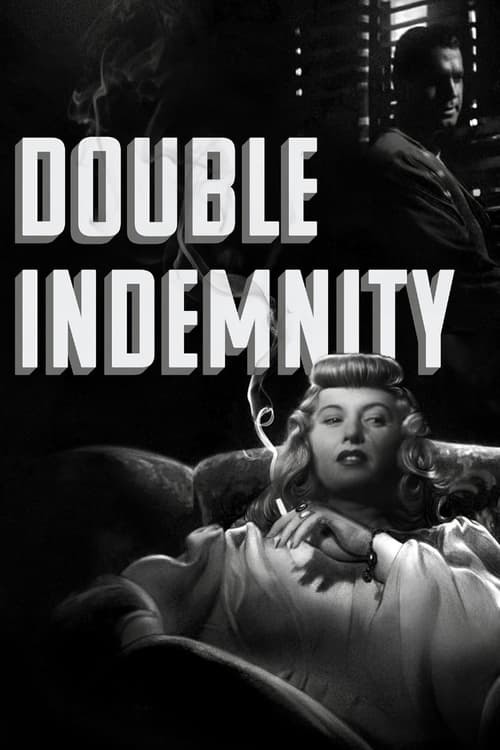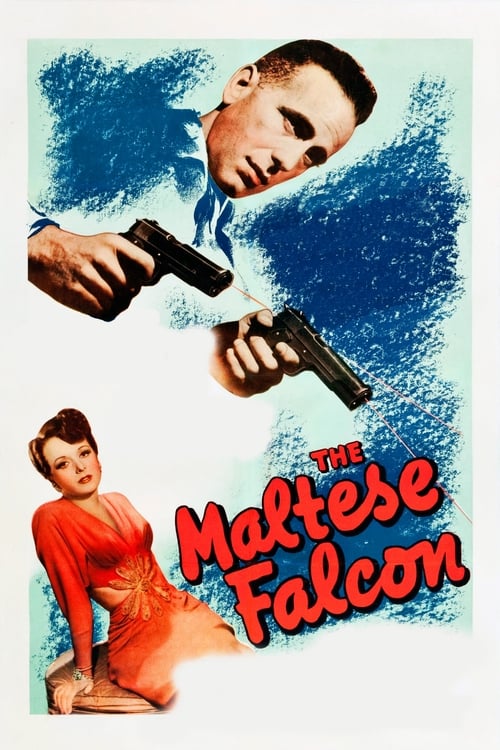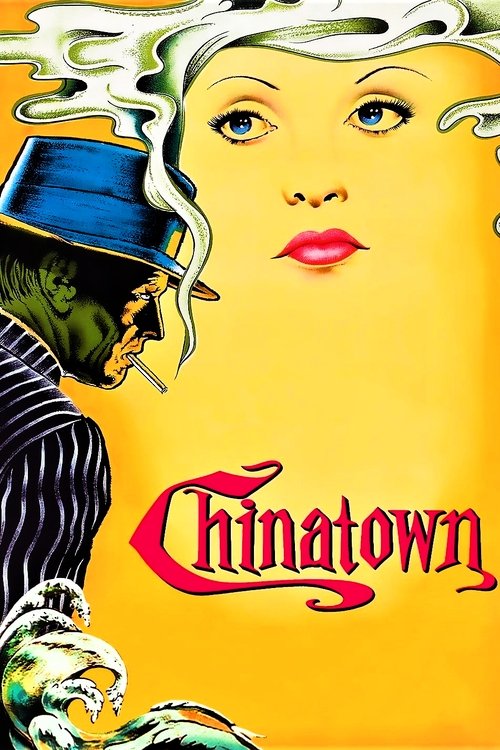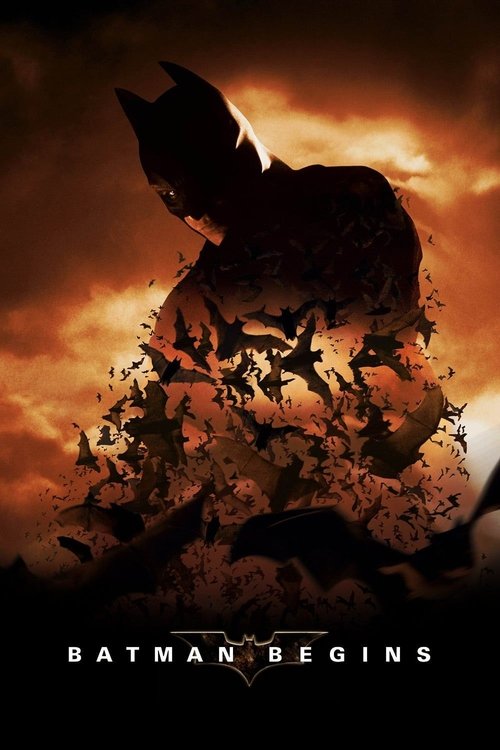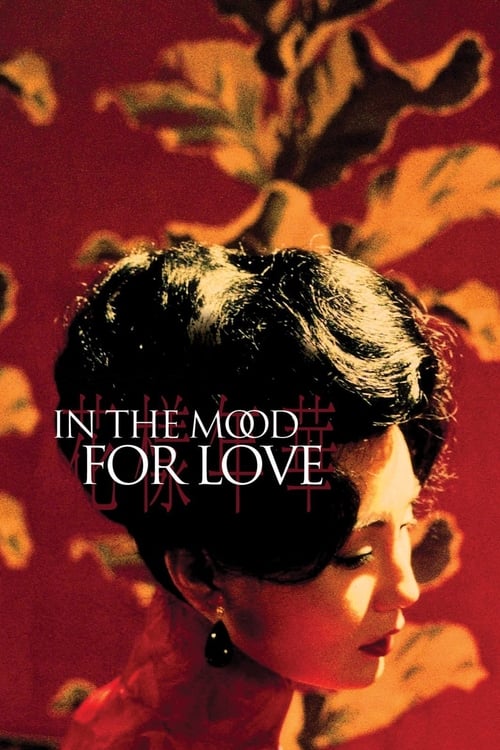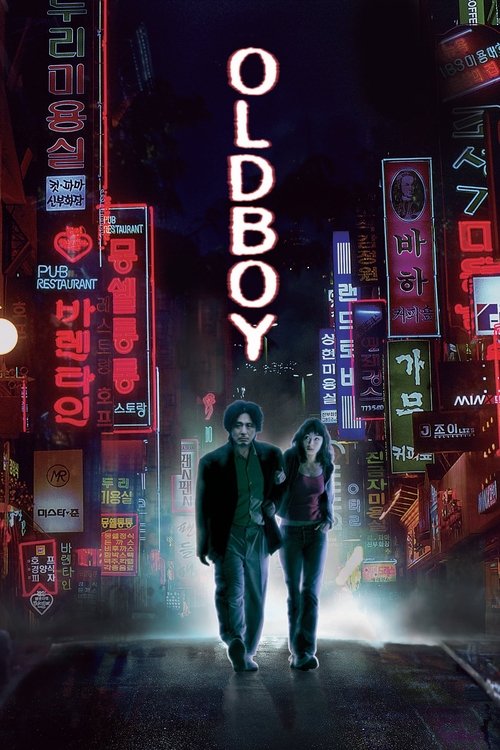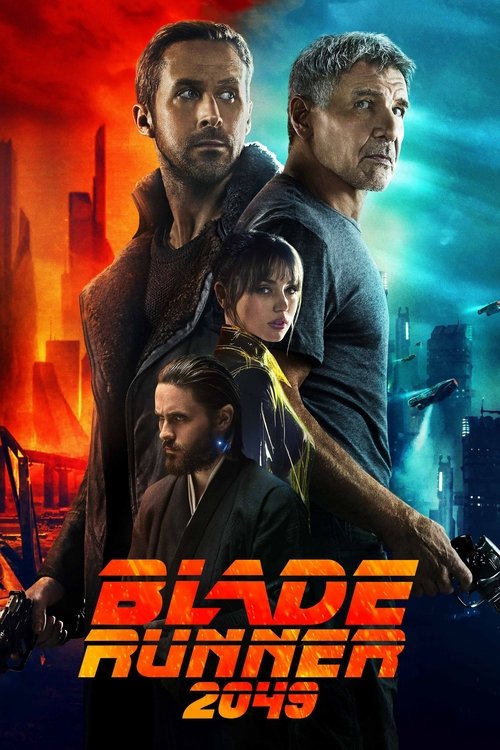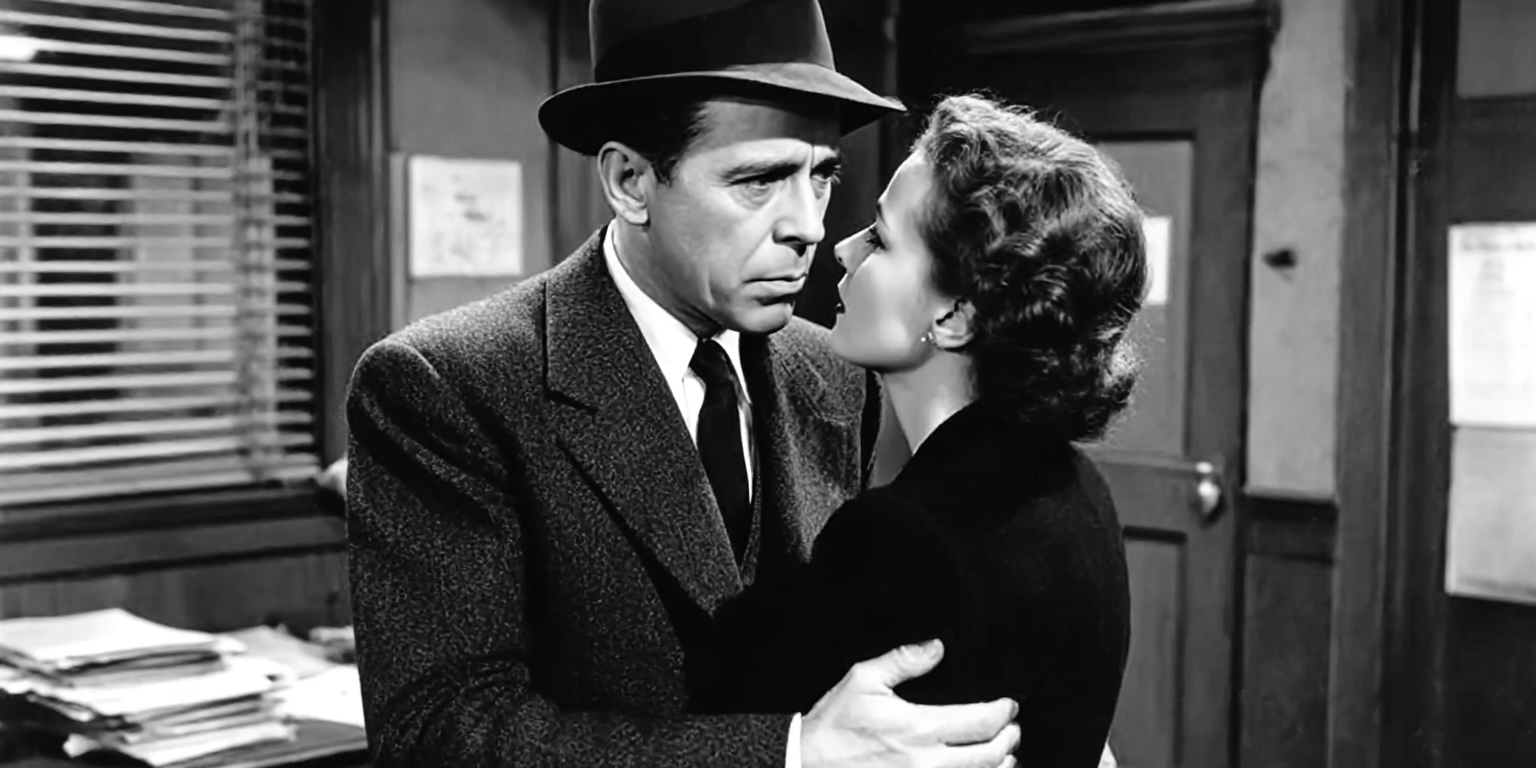
Film noir's stark shadows and moral ambiguity revolutionized cinema, creating a visual language that continues to influence filmmakers nearly a century after its emergence.
The birth of noir in the 1940s reflected America's post-war disillusionment and psychological trauma. Cinematographers like John Alton pioneered techniques that turned urban landscapes into threatening mazes of shadow and light. In "Double Indemnity" (1944), director Billy Wilder and cinematographer John Seitz created a template for noir visual style, using venetian blind shadows to suggest moral imprisonment and low-key lighting to enhance psychological tension. This visual approach wasn't merely aesthetic – it represented deeper themes of moral corruption and existential uncertainty that resonated with post-war audiences.
Noir cinematographers developed a distinctive visual toolkit that transformed Hollywood storytelling. Hungarian-born John Alton, particularly in "T-Men" (1947) and "Raw Deal" (1948), perfected techniques like extreme contrast lighting, canted angles, and reflective surfaces to create psychological unease. These innovations went beyond traditional Hollywood glamour lighting, embracing darkness as a narrative element. German Expressionist influences, brought by émigré directors like Fritz Lang, contributed to noir's characteristic style, with films like "The Big Heat" (1953) using shadows as active storytelling elements rather than mere atmosphere.
The influence of noir's visual language extended far beyond its classic period. Roman Polanski's "Chinatown" (1974) reimagined noir techniques in color, with cinematographer John A. Alonzo using natural light to create subtle gradations of shadow that suggested moral complexity. Contemporary filmmakers continue to draw from noir's visual vocabulary. Christopher Nolan's "Batman Begins" (2005) explicitly references noir techniques, with cinematographer Wally Pfister creating a Gotham City defined by threatening shadows and moral ambiguity.
Asian cinema's interpretation of noir elements created unique hybrid forms. Wong Kar-wai's "In the Mood for Love" (2000) uses noir-inspired lighting to explore emotional rather than physical shadows, while Park Chan-wook's "Oldboy" (2003) reimagines noir's moral ambiguity through extreme violence and psychological manipulation. These films demonstrate how noir's visual language transcends cultural boundaries while adapting to local storytelling traditions.
Digital cinematography has enabled new interpretations of noir techniques. David Fincher's "Gone Girl" (2014), shot by Jeff Cronenweth, uses digital precision to create shadows that feel both naturalistic and threatening. The film demonstrates how contemporary technology can maintain noir's psychological impact while achieving previously impossible levels of control over light and shadow. Similarly, "Blade Runner 2049" (2017) by Roger Deakins extends noir's visual vocabulary into science fiction, using sophisticated lighting technology to create a future noir aesthetic.
Television has become a significant platform for noir visual influence. Series like "True Detective" Season 1 (2014) and "Better Call Saul" (2015-2022) demonstrate how noir techniques can be adapted for long-form storytelling. Cinematographers like P.J. Dillon and Marshall Adams have developed ways to maintain noir's visual intensity across multiple episodes while serving character development and complex narratives.
More Ideas

Touch of Evil
(1958)
Orson Welles noir masterpiece with innovative camera work
Streaming on Criterion
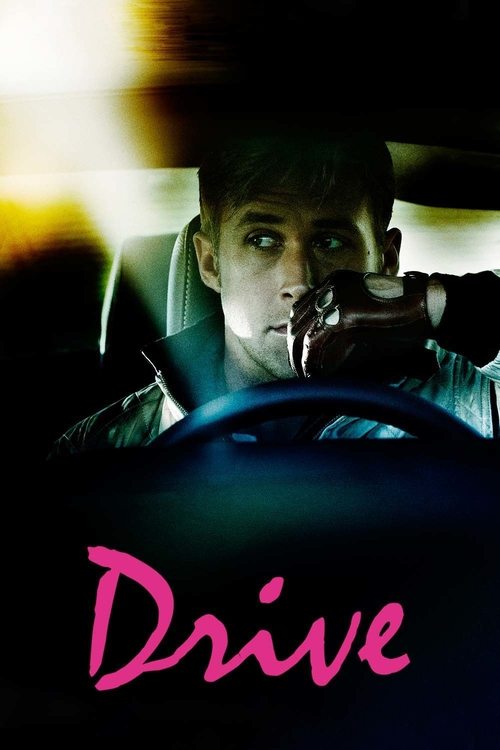
Drive
(2011)
Modern noir with neon-noir aesthetic
Streaming on Netflix

Mulholland Drive
(2001)
Lynch's surrealist noir masterpiece
Streaming on Criterion
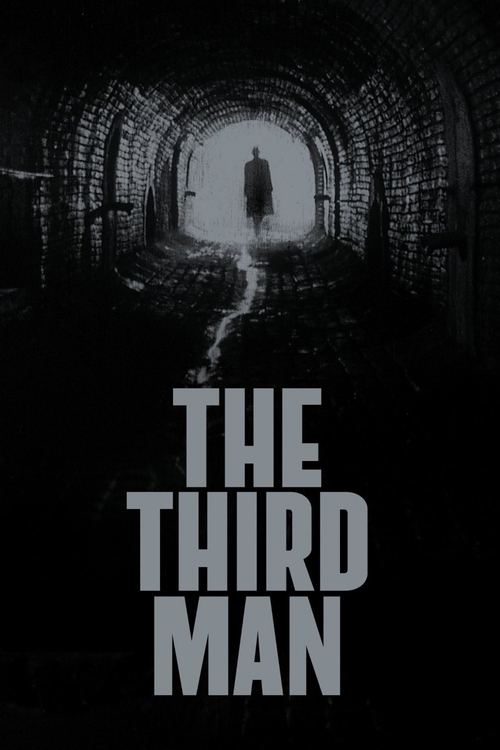
The Third Man
(1949)
British noir with revolutionary tilted camera work
Streaming on Criterion
